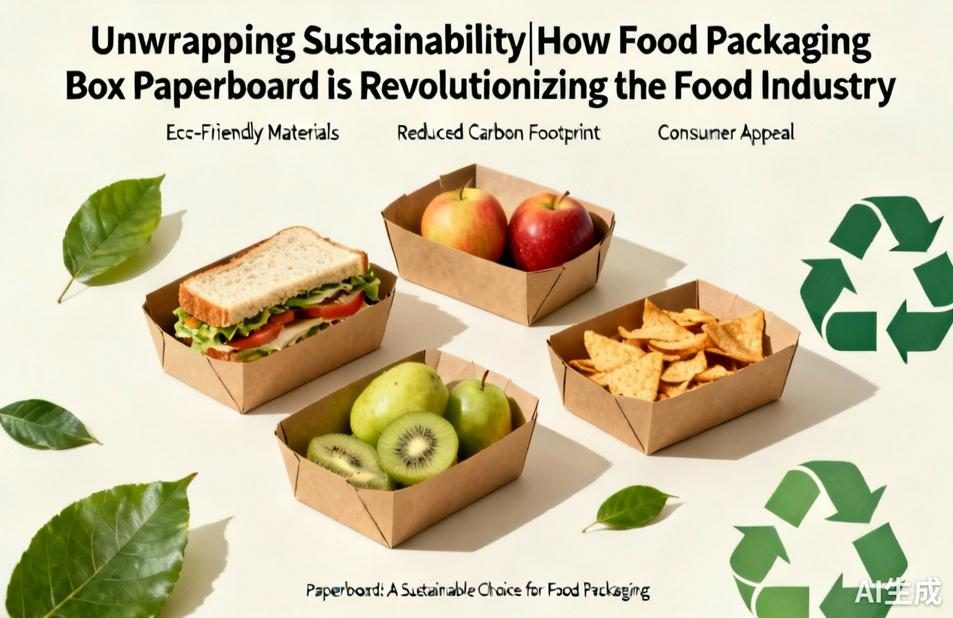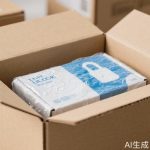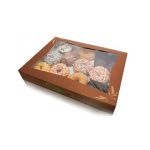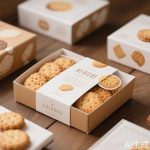
In an era where sustainability meets functionality, food packaging box paperboard emerges as the unsung hero of the food industry. This versatile material is quietly transforming how we store, transport, and present our food while addressing critical environmental concerns. From farm-fresh produce to gourmet meals, paperboard packaging offers a perfect blend of protection, practicality, and planet-friendly credentials that modern consumers increasingly demand.
The evolution of food packaging has taken a significant turn toward paperboard solutions, and for good reason. Unlike traditional plastic packaging that can take centuries to decompose, paperboard offers a biodegradable alternative that significantly reduces environmental impact. Major food brands and local producers alike are switching to paperboard boxes, recognizing their superior eco-friendly properties without compromising on quality or functionality. The material’s natural composition allows for excellent breathability while maintaining structural integrity, making it ideal for various food items.
What makes food packaging box paperboard particularly remarkable is its incredible versatility. The material can be engineered to meet specific requirements—moisture-resistant coatings for dairy products, grease-resistant treatments for baked goods, or reinforced structures for frozen foods. Advanced manufacturing techniques now allow for precise customization in terms of size, shape, and protective features. This adaptability means paperboard can effectively package everything from delicate pastries to hearty sandwiches while ensuring freshness and quality preservation.
The sustainability aspect of paperboard packaging cannot be overstated. Most paperboard used in food packaging comes from sustainably managed forests or recycled content, creating a circular economy that minimizes waste. Modern paperboard production employs closed-loop water systems and renewable energy sources, further reducing its environmental footprint. When disposed of properly, paperboard packaging can be recycled multiple times or composted, returning valuable nutrients to the soil rather than clogging landfills.
Beyond environmental benefits, food packaging box paperboard offers exceptional branding opportunities. The smooth surface provides an excellent canvas for vibrant printing, allowing businesses to showcase their brand identity while communicating important product information. Many companies are leveraging this feature to tell their sustainability stories, using the packaging itself as a marketing tool to connect with environmentally conscious consumers. The tactile experience of paperboard packaging also adds a premium feel that enhances customer perception.
Innovation in paperboard technology continues to push boundaries. Recent developments include smart packaging integrations that can monitor food freshness, antimicrobial treatments that extend shelf life, and even edible coatings that reduce waste further. The industry is also exploring nanotechnology applications that could make paperboard packaging even more resistant to moisture, oxygen, and other elements that compromise food quality. These advancements position paperboard as not just an alternative to plastic but as a superior choice for modern food packaging needs.
The economic advantages of paperboard packaging are equally compelling. While initial costs might be slightly higher than some conventional options, the long-term benefits—including consumer preference for sustainable packaging, potential tax incentives for eco-friendly businesses, and reduced waste management costs—make it a financially sound investment. As production scales up and technology improves, the cost gap continues to narrow, making paperboard packaging increasingly accessible to businesses of all sizes.
Consumer demand for sustainable packaging is driving significant change across the food industry. A recent survey revealed that nearly 70% of consumers actively consider packaging sustainability when making purchasing decisions. This shift in consumer behavior is prompting restaurants, grocery stores, and food manufacturers to prioritize eco-friendly packaging solutions. Paperboard boxes, with their clear environmental benefits and functional advantages, are perfectly positioned to meet this growing demand.
Looking ahead, the future of food packaging box paperboard appears brighter than ever. With ongoing research focused on improving recyclability, developing new sustainable coatings, and enhancing protective properties, paperboard is set to become the gold standard in food packaging. As regulations around single-use plastics tighten and consumer awareness grows, the transition to paperboard solutions will likely accelerate, benefiting both businesses and the environment.
In conclusion, food packaging box paperboard represents more than just a container—it embodies a commitment to quality, innovation, and environmental responsibility. Its ability to protect food while protecting the planet makes it an indispensable solution for the modern food industry. As we move toward a more sustainable future, paperboard packaging stands ready to play a crucial role in reshaping how we think about food preservation and distribution, one box at a time.




Leave a Message